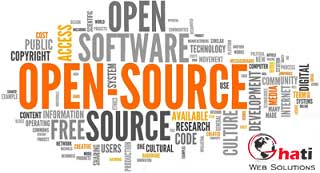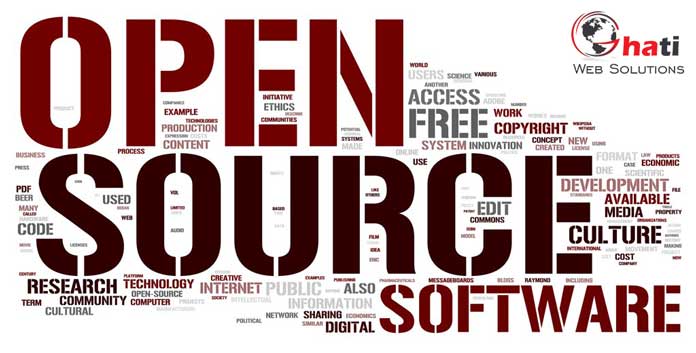
The Open Source model harnesses the power of distributed peer review and transparency to create high-quality, secure and easily integrated software at an accelerated pace and lower cost. Primary benefits of open source software are:

A. Choice
By its very nature, the source code of open source software is available to all, meaning that no one company owns the software. Any company can build upon open source software. It may be operated and maintained by multiple vendors, reducing both barriers to entry and exit. A customer can easily choose another vendor because they are not locked into one vendor’s offering.
B. Reliability
Open source is peer reviewed software, which leads to more reliability. The infrastructure of the Internet is largely composed of open-source programs such as DNS, send mail, Apache and languages such as HTML and Perl. They have proven to be both reliable and robust under the most strenuous conditions, namely the fast growth of the Internet. Open source software is often developed through community forums and collaborative. Developers volunteer their time and expertise and are coordinated by fewer paid programmers. The lower overhead costs translate into substantial savings, as does the fact that open source software typically does not have a per-seat licensing cost.
C. Security
Open source enables anyone to examine software for security flaws. The continuous and broad peer-review enabled by publicly available source code improves security through the identification and elimination of defects that might otherwise be missed. Gartner for example, recommends the open source Apache Web server as a more secure alternative to closed source Internet Information servers. The availability of source code also facilitates in-depth security reviews and audits by government customers.
D. Fast Deployment
With open source software, consumers needn’t wait years to deploy a solution. Open source software can be “test driven” prior to procurement and is particularly suitable for inter-agency collaboration, rapid prototyping and experimentation.Both known and unanticipated users can be rapidly provisioned.
E. Cost
Most current Open Source projects are also available free of royalties and fees, leading to the confusion around the commonly used term `free software’. Unfortunately, the English language does not have separate concepts for free-of-charge and free as in unconstrained; other languages are better equipped to describe the difference between `freedom’ and `free of charge’ (libre vs. gratis). Advocator of free software licences tends to emphasise liberty over cost although in practice the main open source projects are free in both senses of the word. From a business perspective, the purchase cost of the software is only
one factor; Total Cost of Ownership (TCO) is what really matters. Other things being equal, the solution with the lowest TCO is usually the most desirable one. Arguments in favour of low TCO for open source software include:
- Possibly zero purchase price.
- Potentially no need to account for copies in use, reducing administrative overhead.
- Claimed reduced need for regular upgrades(giving lower/nil upgrade fees, lower management costs).
- Claimed longer uptimes and reduced need for expensive system administrators.
- Near zero vulnerability to viruses eliminating the need for virus checking, data loss and downtime.
- Claimed lower vulnerability to security breaches and hack attacks reducing systems administration load.
- Claimed ability to prolong the life of older hardware while retaining performance.
These are Some general benefits of the Open Source Software, In Coming Post, Benefits of Open Source Will be More Contrasted technically, Financially as well.
Aman Thakur is the founder of Ghati Web Solutions, Which provides Digital Marketing and Web Design Services. if you really want to establish your sturdy brand presence and obtain a sustainable outcome for your business growth, I ‘m your man.I can help you with digital marketing, content marketing, and Social media Presence.I am also a blogger curious to write about different technology topics
